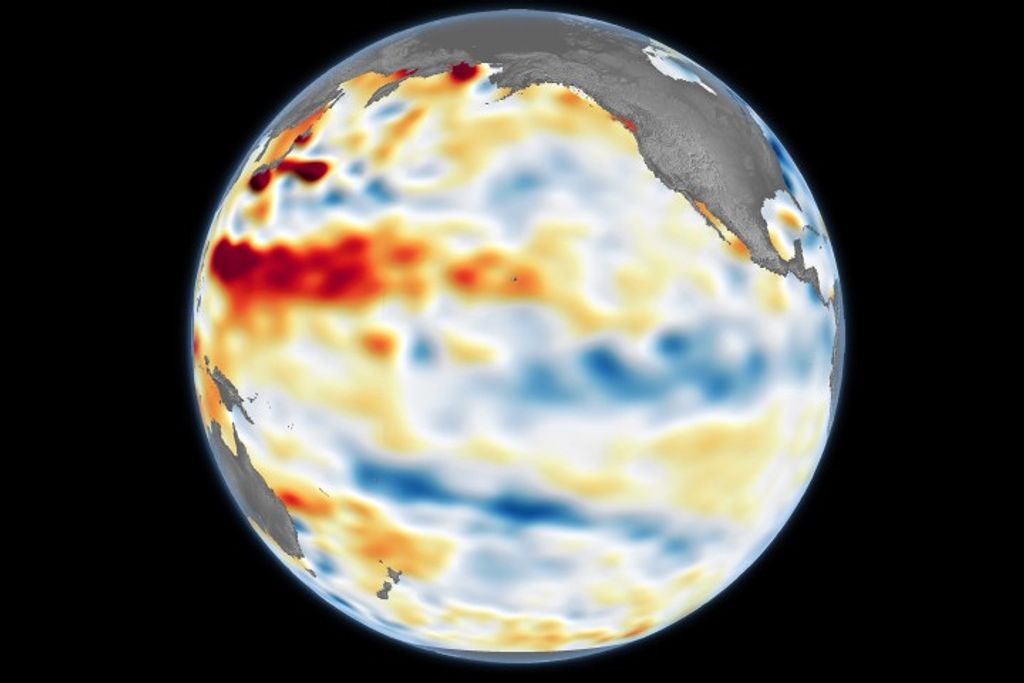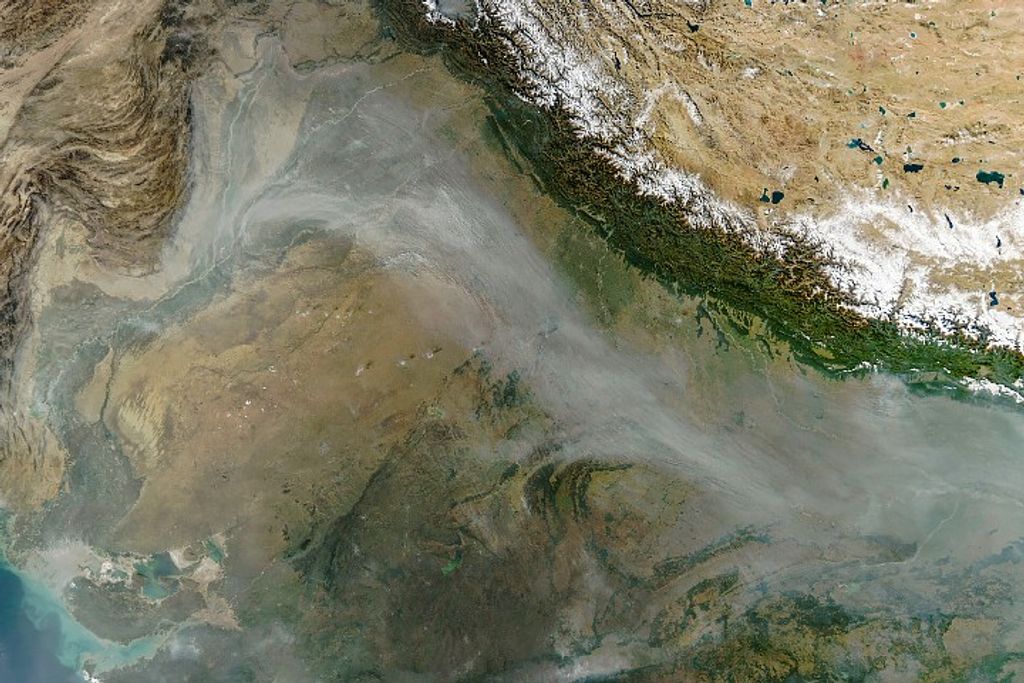Exoplanet WASP-121 b (Tylos) Simulated Weather Patterns
This visualization shows the weather patterns on the exoplanet WASP-121 b, also known as Tylos. This video has been slowed to observe the patterns in the exoplanet's atmosphere in closer detail. An international team of astronomers assembled and reprocessed Hubble observations of the exoplanet in the years 2016, 2018, and 2019. This provided them with a unique data-set that allowed them to not only analyze the atmosphere of WASP-121 b, but also to compare the state of the exoplanet's atmosphere across several years. They found clear evidence that the observations of WASP-121 b were varying in time. The team then used sophisticated modelling techniques to demonstrate that these temporal variations could be explained by weather patterns in the exoplanet's atmosphere, as seen here. The science team's models found that their results could be explained by quasi-periodic weather patterns: specifically, massive cyclones that are repeatedly created and destroyed due to the huge temperature difference between the star-facing and dark side of the exoplanet. This result represents a significant step forward in potentially observing weather patterns on exoplanets. The international team of astronomers in this study consists of: Q. Changeat (European Space Agency (ESA), Space Telescope Science Institute (STScI), University College London); J.W. Skinner (California Institute of Technology, Brandeis University); J. Y-K. Cho, (Brandeis University, Center for Computational Astrophysics/Flatiron Institute); J. Nättilä (Center for Computational Astrophysics/ Flatiron Institute, Columbia University); I.P. Waldmann (University College London); A.F. Al-Refaie (University College London); A. Dyrek (Université Paris Cité, Université Paris-Saclay); B. Edwards (Netherlands Institute for Space Research, University College London); T. Mikal-Evans (Max Planck Institute for Astronomy); M. Joshua (Blue Skies Space Ltd.); G. Morello (Chalmers University of Technology, Instituto de Astrofísica de Canarias); N. Skaf (National Astronomical Observatory of Japan, Université de Paris, University College London); A. Tsiaras (University College London); O. Venot (Université de Paris Cité, Université Paris Est Creteil); and K.H. Yip (University College London). Credit: NASA, ESA, Quentin Changeat (ESA/STScI), Mahdi Zamani (ESA/Hubble)
- X


























